SUMMARY
This is AI generated summarization, which may have errors. For context, always refer to the full article.
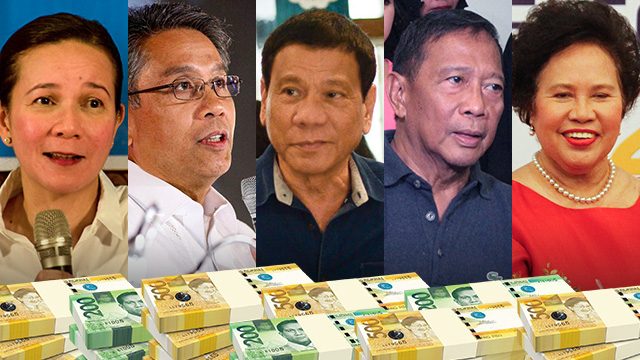
This is the concluding part of our 2-part series on campaign spending in 2010 and 2013
READ: How did Binay fund his 2010 campaign?
MANILA, Philippines – Money talks.
It could also hold many secrets. Some candidates finance their own campaigns, while a majority source funds from various contributors who could be expecting favors in return.
As the 2016 election nears, here’s a quick look at how much other presidential bets spent in their previous campaigns in 2013 or 2010.
|
Past campaign spending of 2016 presidential bets Source: Comelec |
||
| Candidate | Position, Year | Total expenditure |
| Roxas | Vice president, 2010 | P279.4 million |
| Binay | Vice president, 2010 | P217.9 million |
| Poe | Senator, 2013 | P123.4 million |
| Santiago | Senator, 2010 | P117.5 million |
| Duterte | Davao City Mayor, 2013 | P85,885 |
|
Presidential bets and their past spending on media advertisements Source: Comelec |
|
| Roxas | P232.1 million |
| Binay | P201.1 million |
| Poe | P117.7 million |
| Santiago | P109.3 million |
| Duterte | 0 |
Under the Omnibus Election Code, all candidates are required to submit their Statement of Contributions and Expenditures (SOCE), which explains the sources and spending of campaign funds.
Based on the 2010 and 2013 SOCE of the current presidential bets, Mar Roxas spent the most, while Miriam Defensor Santiago spent the least. All spending on media ads hovered in the hundreds of millions pesos.
Rodrigo Duterte, who sought only a local position, spent the least for his campaign and spent nothing on media advertisements.
Mar Roxas
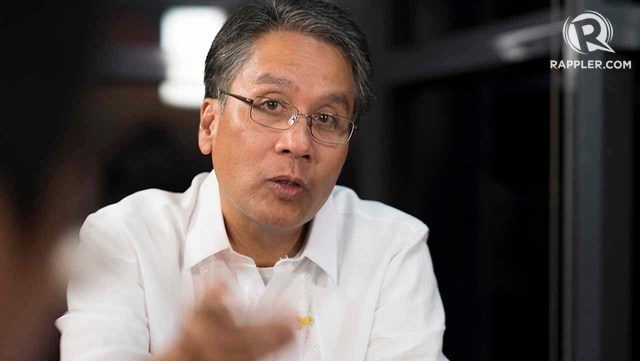
Roxas outspent BInay in 2010, forking out P279.4 million, with 83% going to media ads. The bulk of his funds came from 33 contributors, amounting to P246 million. He dipped into his own pocket and spent P33.4 million.
His biggest contributions came from relatives, with his aunt Maria Araneta-Fores topping the list at P60 million. His mother Judy Araneta-Roxas and his uncle Jorge Araneta came in second at P50 million each.
Meanwhile, his brother-in-law Augusto Ojeda and his aunt Ruby Roxas gave P10 million each. His cousin Margarita Araneta-Fores chipped in P7 million.
The Araneta family is among the country’s wealthiest, with businessman Jorge Araneta ranking 26th in the 2015 Forbes richest list.
The family operates various business empires such as real estate, entertainment, and the food industry.
Despite spending the most, however, Roxas lost his vice presidential bid in 2010 to Binay. He filed an electoral protest against Binay before the Supreme Court but nothing has come out of it. In his petition, Roxas raised the issue of the high incidence of null votes discovered, which amounted to 2.6 million, but Binay wants the petition dismissed.
Jejomar Binay
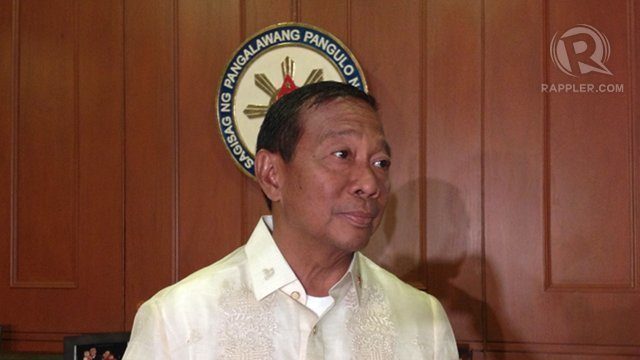
Among those running in 2016, Binay is the second biggest spender in past campaigns, with a total expenditure of P217.9 million, of which 80.5% went to media ads.
In his 2010 SOCE, Binay declared that he did not spend his own money, but sourced all his funds from contributions that amounted to P231.5 million.
Next to Roxas, Binay received the biggest amount of contributions.
His top contributors include a pharmacy mogul, a banking veteran, a relative, and businessmen tagged in two separate controversies: the alleged overpriced Makati City Hall Building and the dubious Boy Scouts of the Philippines deal. (READ: How did Binay fund his 2010 campaign?)
Grace Poe
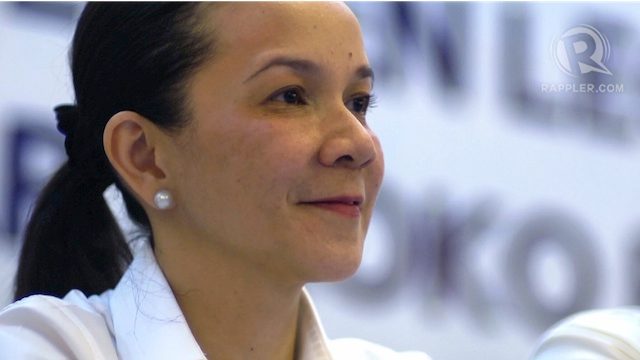
Poe, who ran for the Senate in 2013, is the 3rd biggest spender, closely followed by Santiago. Those running for president and vice president expectedly spend more than those seeking only a Senate seat.
In her 2013 senatorial bid, Poe spent P123.4 million, with 95% going to media ads.
She said she did not spend a cent of her own, but depended entirely on 62 contributors consisting of private corporations and individuals. In total, she received P123.6 million.
Poe’s biggest contributor was her mother Jesusa Poe (whose screen name is Susan Roces) who gave her daughter P17.4 million. Joining Poe’s mother are big shot businessmen who gave P10 million each:
- Michael Escaler: President of San Fernando Electric Light and Power Company Inc, among other ventures, involved in transportation, agriculture, and waterworks.
- Thomas Tan: Director at San Miguel Corporation, president of SMC Shipping and Lighterage Corporation, among other ventures involved in cement and packaging.
- Edwin Luy: President of Triton Securities Corporation.
- John Paul Ang of the Eagle Cement Corporation, which is privately owned by Ramon Ang – president of the San Miguel Corporation.
FPJ Productions Inc, her father’s company, also shelled out P12.7 million.
Miriam Defensor Santiago
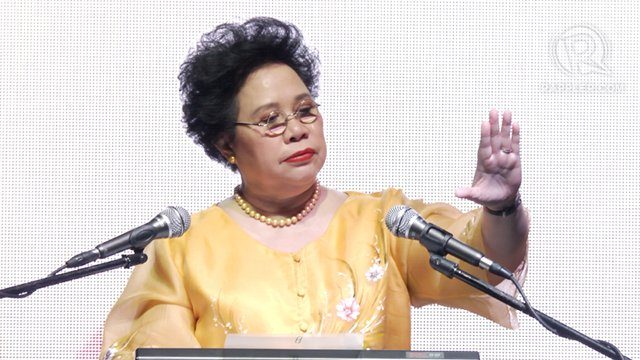
In 2010, Santiago spent P117.5 million for her senatorial campaign, less than what Poe spent.
Under election laws, failure to submit one’s SOCE within 30 days after the election merits a fine of P1,000 to P30,000. Santiago filed a bill to amend this provision, raising the fine to P100,000. Her bill, however, remains pending.
Unlike other candidates, Santiago’s SOCE is harder to decipher, making it unclear where her funds were sourced. Her SOCE only declared the P500,000 Santiago personally shelled out.
A big chunk of Santiago’s funds went to media ads, comprising around 93% of her total expenditures.
The senator has been vocal in criticizing candidates who “overspend” during campaigns.
Under election laws, those who overspend can be imprisoned for one to 6 years.
Presidential candidates are only allowed to spend P10 per registered voter. In 2016, there will be around 54.4 million registered voters, which means each presidential candidate can spend a maximum of P544 million.
No national candidate, however, has ever been penalized for overspending in recent times. Why? Because campaign expenditure caps apply only to the campaign period itself. This means the candidates’ spending before February 9, 2016 will not be counted in their SOCE – allowing several candidates to get off the hook.
Such a “loophole” in the law has been deemed unfair by some Filipinos.
Rodrigo Duterte
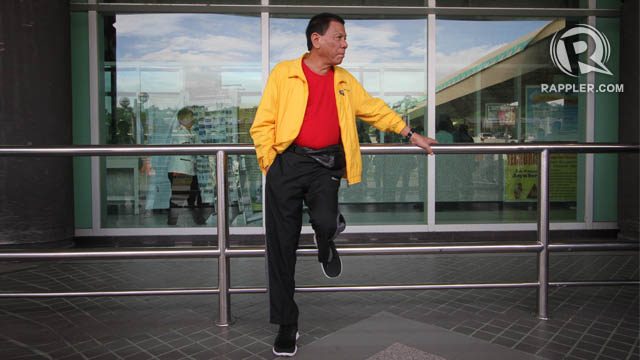
In 2013, Duterte ran for Davao City mayor. He has served 7 terms, before gunning for the presidency.
Among all presidential bets, Duterte spent the least in campaigning since he only ran locally.
In total, he spent P85,885 out of his own pocket.
A big bulk of his funds went to travel expenses, with the remainder going to print materials and communications. According to his SOCE, Duterte did not spend on anything else.
In January 2016, Duterte said he is not spending his own money for television ads intended to boost his presidential candidacy. He has repeatedly said that among the reasons why he did not want to run for president is he has no money.
Duterte’s statement came days after research firm Nielsen Philippines reported that he spent P115 million on political ads in 2015. Based on Nielsen data, he was 4th on the list of highest spenders, which was reported to be topped by incumbent Vice President Binay who is now running for president.
“Somebody in the Chinese community gave the money to help me with those ads,” Duterte explained. His other ads, according to his camp, were financed by supporters.
The Commission on Election’s (Comelec) Campaign Finance Office is in charge of monitoring and evaluating the spending of all candidates from February to May 2016.
Citizens, however, also have a role to play, the Comelec said. Anyone can report extravagant campaign gimmicks observed in their communities. – Rappler.com
To reach the Comelec Campaign Finance Office, contact 525-9334.
Know of any election-related wrongdoings? Use the #PHVoteWatch map to report vote buying and vote selling, campaign finance anomalies, election-related violence, campaign violations, technical glitches, and other problems observed among communities.
Together, let’s each find #TheLeaderIWant and agree on who we want. To volunteer for any of these efforts, email us through move.ph@rappler.com.
Add a comment
How does this make you feel?
There are no comments yet. Add your comment to start the conversation.